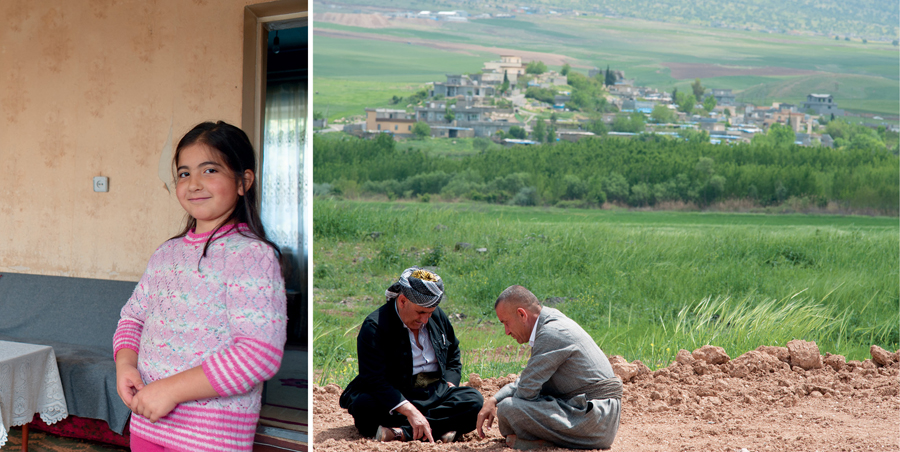
As it rejoins the community of nations, Iran is at last becoming more open to travelers from the West. Once they go, they will want to keep going back. There’s so much to explore and delight in.
People in Iran are pleased with this opening up. They are familiar with Western culture through films, the Internet, and social media, but they want direct contact and a free flow of people and ideas in both directions. Although many Iranians are not pleased with the rule of the ayatollahs, they’re proud of their country and their heritage: the glorious architecture of Isfahan, the lively streets of Tehran and Shiraz, their food, their films, their novels, their music, and much more.
The Caucasus countries are also now much more inviting to travelers, and they’re easier to get to than they have been for a century. After decades of rule by the USSR, Armenia, Azerbaijan, and Georgia have come out of that gray period and into full bloom. Travelers are discovering the region’s spectacular landscapes—the snowy Caucasus Mountains, the coasts of the Black Sea and Caspian Sea, the fertile valleys—and the wine, food, and generous hospitality of the people. The cities feel very European, from the buildings to the way people dress. Even in Soviet times, the food markets in Georgia, Armenia, and Azerbaijan were a break from the harshness of that era, the vendors lively and the fruits and vegetables glowing with color and ripeness. But now, as each of the Caucasus countries defines itself independently, there’s a pride and confidence, and a sparkle in the air.
Nearby Kurdistan, the beautiful, hilly part of Iraq that lies along the Iranian border, is not Arab but Kurdish in language and culture. When I was in Kurdistan, the people I talked to were confident about the future, hoping that the underground oil wealth there would bring more prosperity to many people. But since then, the Kurds have had to repel the advance of ISIL and deal with thousands of refugees.
We don’t know how things will evolve, but in the meantime, I am especially happy to be able to include stories, photographs, and recipes from Kurdistan in this book—while wishing for better and easier days to come. I hope that you will come to feel a connection with the people there too.

Left: A young Armenian girl at home outside Yerevan.
Right: Kurdish men seated by the road on the way to Dohuk, Kurdistan.
The Caucasus Mountains, tall and snow-covered, and running roughly west to east, separate Russia from Georgia and Azerbaijan, which lie below the mountain wall. To the west is Georgia, with a coast on the Black Sea; to the east is Azerbaijan, with a long coast on the Caspian Sea. Tucked below those two countries is Armenia, a small landlocked nation on a high plateau veined with the occasional river valley.
South of the three Caucasus countries and the Caspian Sea lies the large mass of Iran, and next to it, along its western border, is Kurdistan, an autonomous part of Iraq. Iran’s north coast on the Caspian is humid and lush, but the rest of the country has a dry climate, with very hot summers and cold winters.